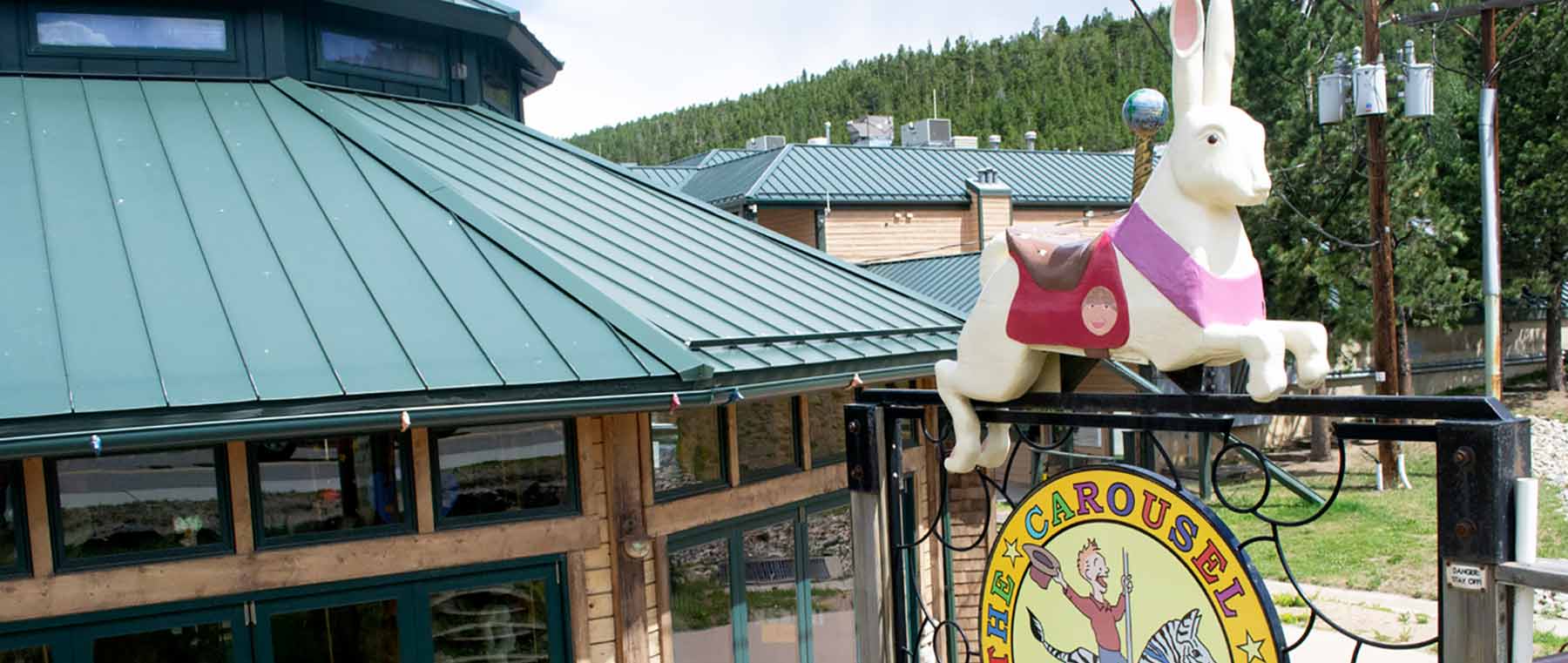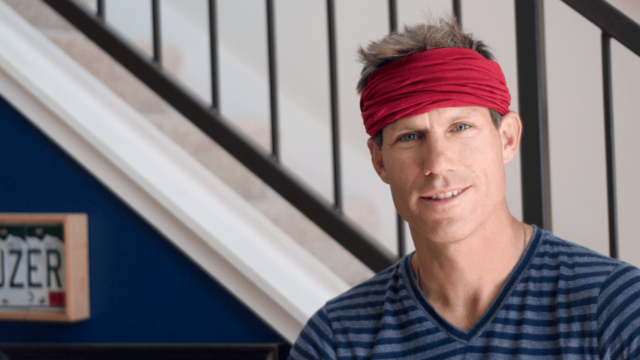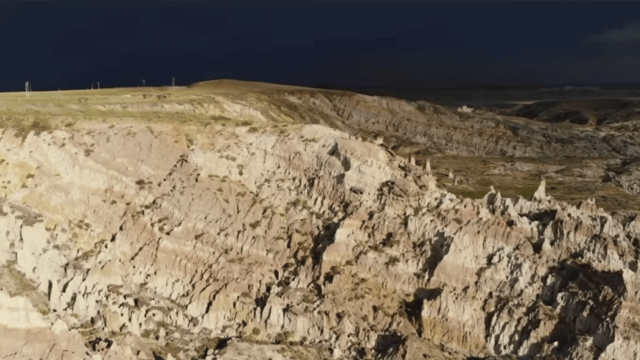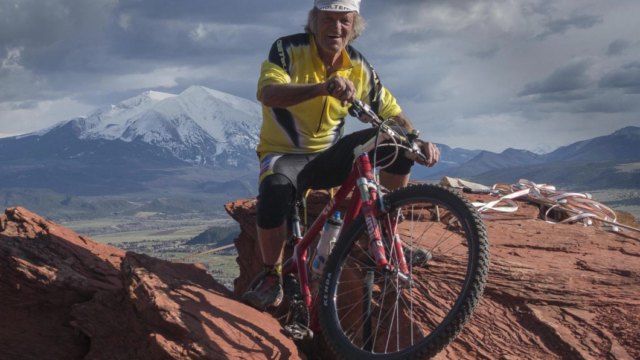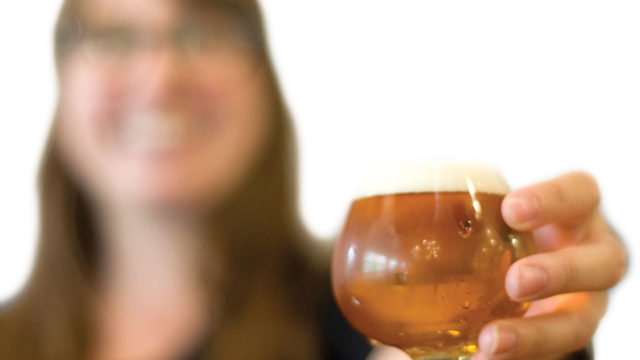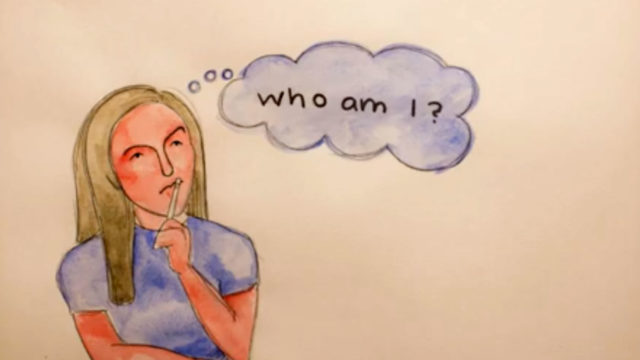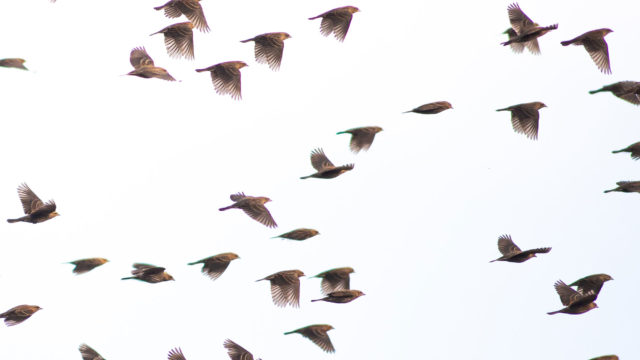Riding on a hand-carved, -painted wooden camel, which turns to the drum beat and light whistle of a 1913 Wurlitzer, Nederland’s Carousel of Happiness spins you to a place somewhere else, happier, lighter, otherwordly.
That’s the whole point.
In 1967, Scott Harrison, then 19, landed in Vietnam as a Marines machine gunner. Some firefights occurred with a warning, but often he wouldn’t know when a fight would begin. Days would pass without action. Then it would happen — adrenaline would flood.
Soldiers kept calm in between battles in various ways. Some kept a picture of their mom or girlfriend close; Scott’s sister had sent him a music box mechanism that played Chopin’s Tristesse. He held it close to his head, using his skull as a resonator, and tuned into a vision of a mountain meadow carousel, people picnicing and a little merry-go-round going round and round.
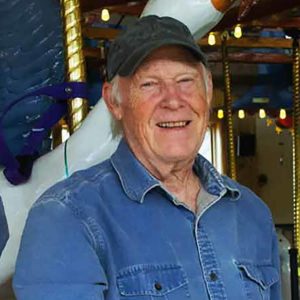
That vision now spins as the carousel, which has provided rides on the backs of animals Scott made for children of all ages in downtown Nederland for the last decade. Tucked into the corner of the Caribou Village plaza, the carousel gives three-minute rides at $2 a piece, Thursday through Monday, 10 a.m. to 6 p.m.
Opened on Memorial Day 2010, the ride honors fallen veterans, including two of Scott’s Marine friends, whose portraits hang within the building’s walls. The 12-sided building fills with colorful beings, from an ostrich to bears, a frog, a mermaid. Some, like the peacock, connected to rotating pulley above, move up and down, while others rest stationary, like gorilla, which remains rooted on a chair, gazing into the eyes of his also seated ride-buddy (perfect for wheelchairs.)
Scott carved each of the carousel’s 56 animals, a few guardians that sit on a ring above and some crawling out of a separate wall to Somewhere Else (more on that below).
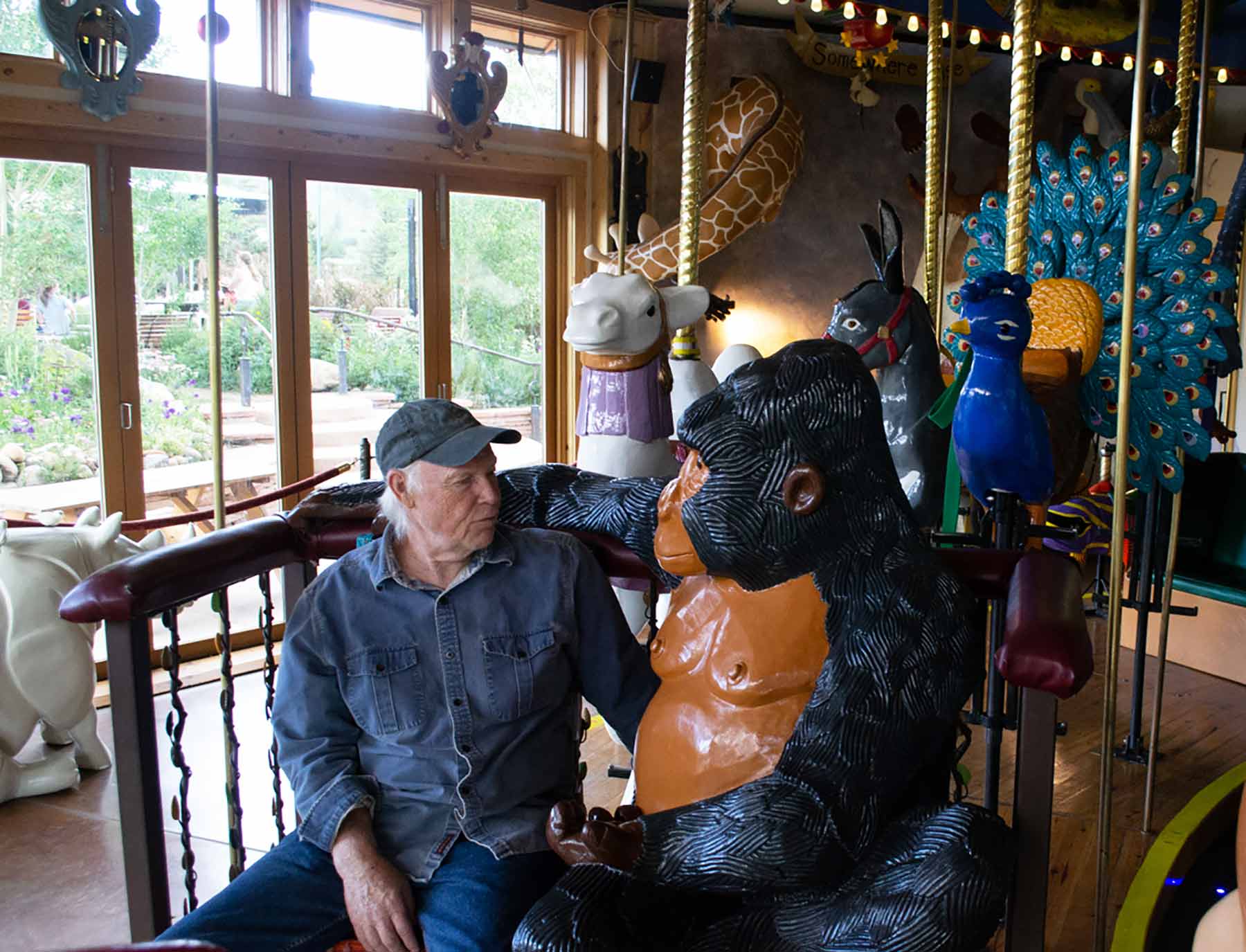
A whale of a vision
When he left Vietnam in May of 1968, Scott found himself in escape mode. He joined Vietnam Vets Against the War and went to the University of Texas where he majored in geography. Then, immediately after graduation in 1971, Scott drove to San Francisco where he built a boat and spent the next three years at sea.
One day, he told us, while he lay on the deck, a whale came up and swam alongside the boat as it sailed. “What are you doing out here?” The whale asked Scott. “This is my spot.”
Realizing his escape wasn’t actually healing him or helping anyone, Scott turned the boat around and headed back to California. “Without being around anyone for weeks,” Scott told BLDRfly, “you really begin to see how self-involved you are. How in your head you are and the fact that you’re not doing any good for anybody.”
The shift at sea to helping others led Scott to join Amnesty International (AI), a global organization focused on human rights.
There he met his wife, Ellen, and they moved from California to Nederland to run AI’s Urgent Action Network, an anti-torture program, in 1982. Scott built a house, the first floor which he used for his work; from 1982 to 2005, the program had over 200 CU interns.
In 1986, Scott took his six-year-old daughter to see an exhibit of animals where a carved rabbit captivated him. Scott began to carve. He first did a rabbit, then a giraffe and a panda. Each animal took between three and six months. Scott carved at night after the kids went to bed.
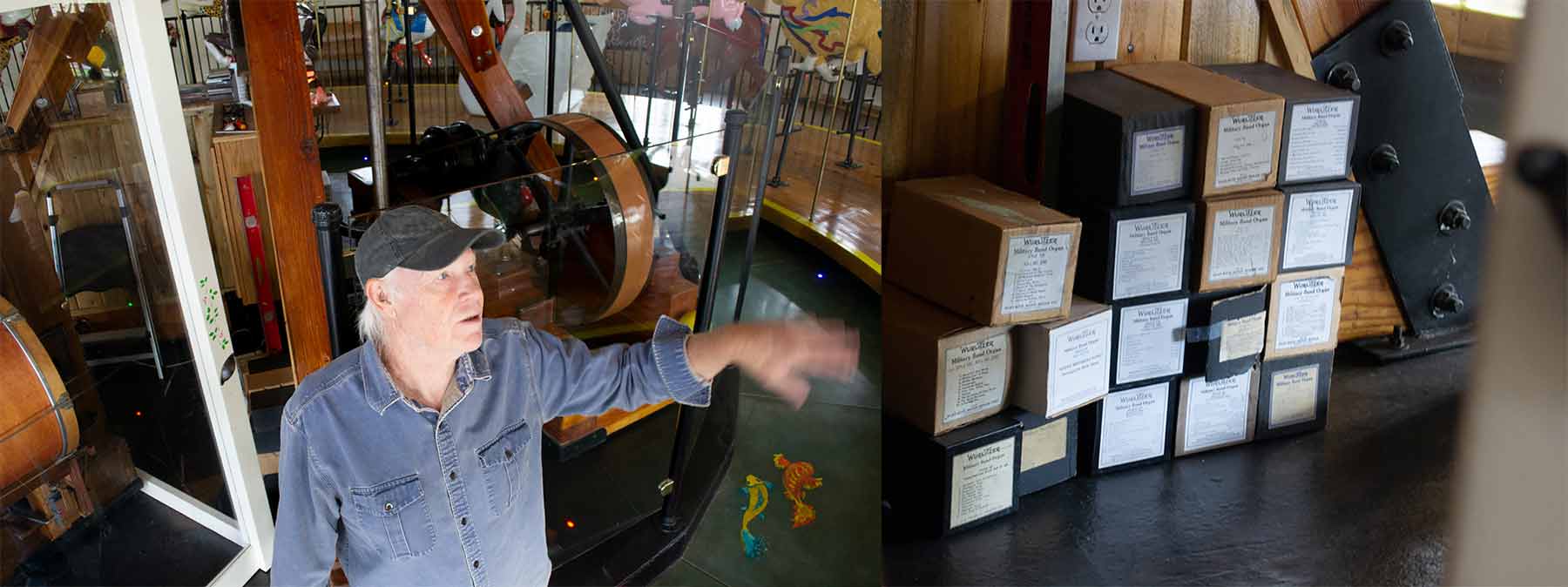
Around the same time Scott saw the carved rabbit, he learned of a carousel frame, stripped of its animals, in Utah that stood empty and available. Though he had only just started carving, he had a desire to populate a whole carousel with his animals.
An explosion of color
In the mid-late 20th century, a revival of carousel art swept the world. People stripped old, beloved merry-go-rounds of their animals and sold them to collectors, leaving the frames behind.
One such frame stood in Utah, discarded after years of service to a carousel master carver Charles Looff delivered in 1910.
Scott bought the frame and drove to Utah with a friend to take it apart and truck it to Ned, where for the next 21 years, Scott steadily brought a technicolor family of animals to life.
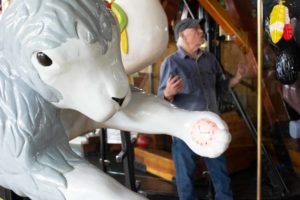
Each animal was its own journey. Scott started at the library with picture books and everything from international folk tales, poems, and songs about the animal.
Scott infused himself with the animal, learning everything he could. Then, he put the personal trinkets of each animal inside of its hollowed out body.
“It identifies it to themselves,” Scott tells BLDRfly. “We don’t see it.”
Scott didn’t want the animals to look silly or like caricatures. He wanted respectful representations that captured their integrity.
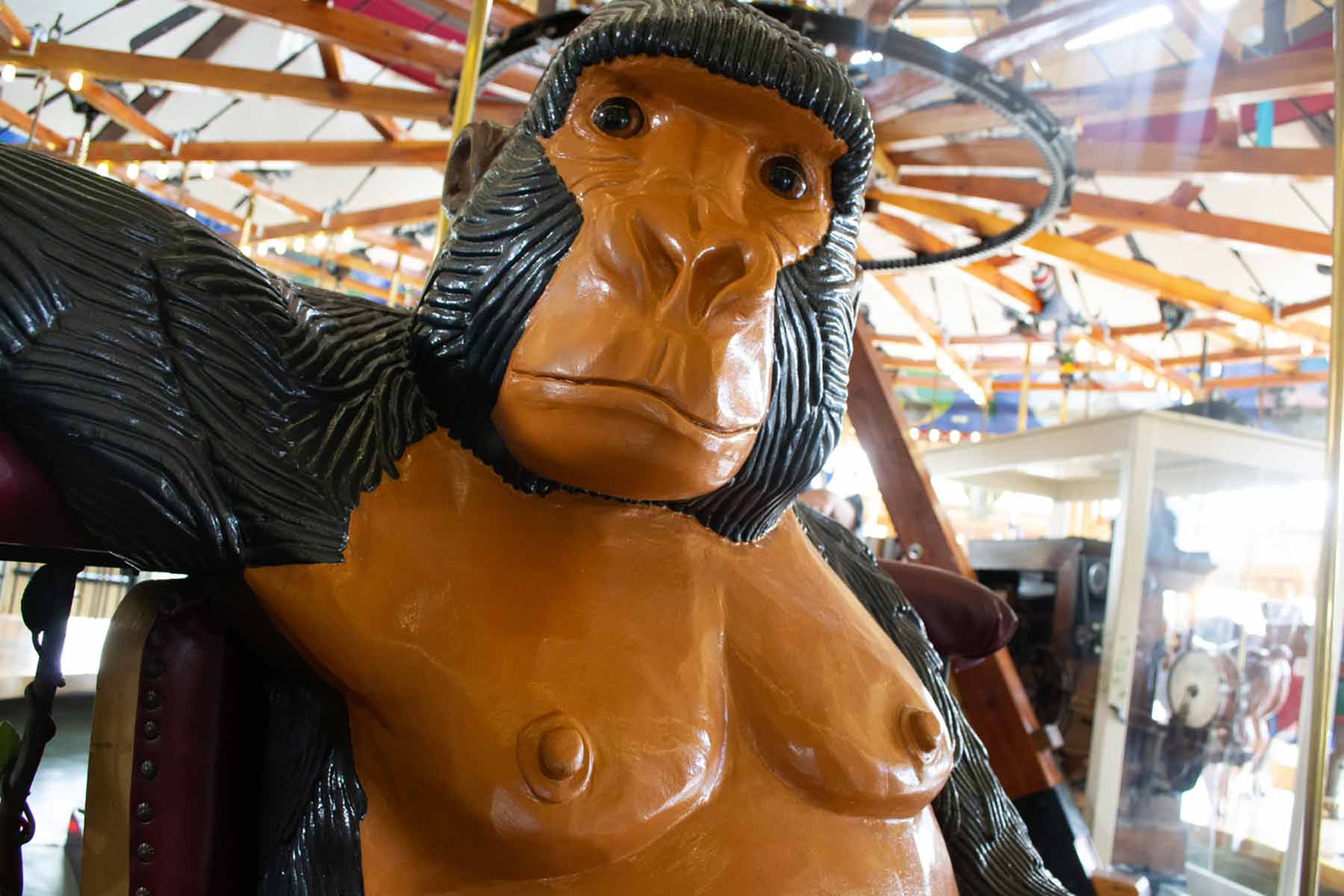
Scott found the perfect ringleader for his dreamy carousel when he saw a photo of a young girl dancing with the look of pure, unadulterated joy on her face, the brightest of spirits.
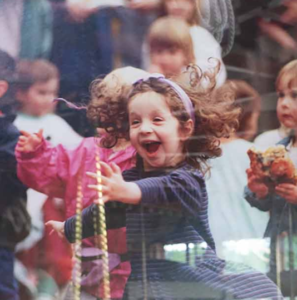
Ned’s gift
Scott had no idea how to get the mechanism up and running. With the help of many others, he worked with mechanics to safely put it together.
When he didn’t have the funds to build the carousel’s home, the Nederland community helped raise $700,000 to build it. The space has solar panels for electricity, radial floor heating, and a gift shop at its plaza entrance.
A nonprofit board operates the carousel and takes care of it, and the community owns it. Scott repaints the animals as needed, putting a new sealer on every year, and has added pieces from his recent new collection around the space for company.
We met Scott on a Tuesday, the carousel’s day off. A family with several small children had gathered around the closed carousel building, drawn by the colors glowing tantalizingly through its faceted window walls. Seeing Scott approach, they asked for a ride; he agreed.
“I can’t say no,” he shrugged at me with a smile. “It’ll only take a three minutes — just one song.”
The kids ran to pick their spots and the music started. I watched it turn and turn, the Wurlitzer band organ blaring brightly the sound of 102 instruments as it read the music roll, everyone — adults included — smiling, wide-eyed.

Header Image: The carousel building as seen from the main road in Nederland with the first animal Scott ever carved. Image: Tatyana Sharpton.

